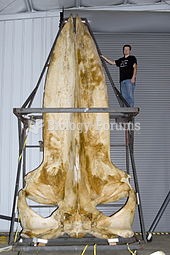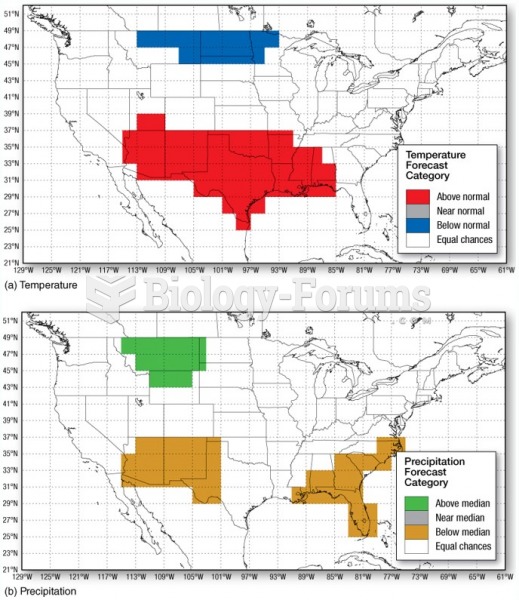Answer to Question 1
ANS: C
Face-to-face position, bending or moving to the child's eye level, maintaining eye contact, and making a reassuring facial expression help in interactions with infants. To help the child's comprehension, the nurse should use phrases rather than long sentences and repeat words for emphasis. Cues to assessment of the preverbal infant include tone of the cry, facial appearance, and body movements. Because the infant uses the senses to receive information, nonverbal communication (e.g., touch) is an important tool for the pediatric nurse. Tone of voice, rocking motion, use of distraction, and a soothing touch can be used in addition to or in conjunction with verbal explanations. The nurse should anticipate developmental behaviors such as stranger anxiety in infants between 9 and 18 months of age. Rather than reaching to pick a child up immediately, the nurse might smile and extend a hand toward the child or stroke the child's arm before attempting to hold the child. In this way, the nurse acknowledges the infant's inability to generalize to unfamiliar caregivers.
Answer to Question 2
ANS: D
Throughout the preoperational period, young children tend to interpret language in a literal way. For example, the child who is told that he will be put to sleep during the operation tomorrow may think it means the same as the action recently taken for a pet dog who was too ill to live. Children in the preoperational stage do not ask for clarification, so messages can be misunderstood quite easily. Preschool children have limited auditory recall and are unable to process auditory information quickly. Before the age of 7 years, most children cannot make a clear distinction between fantasy and reality. Everything is real, and anything strange is perceived as potentially harmful.







